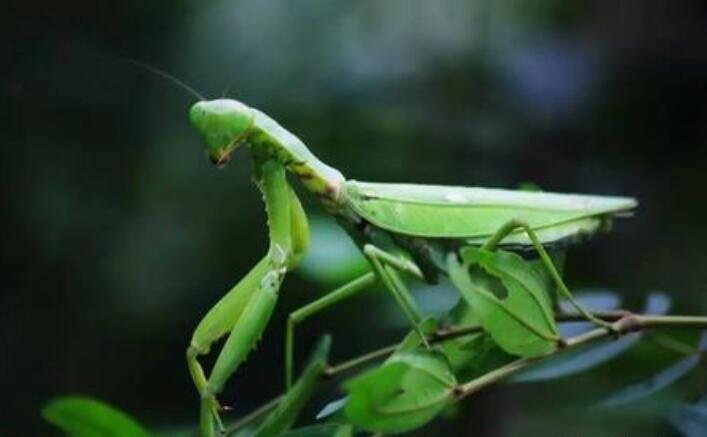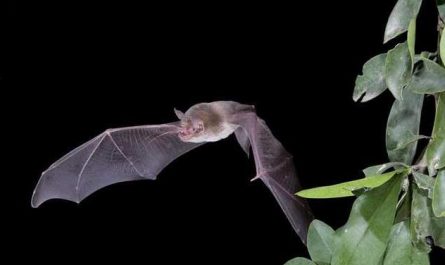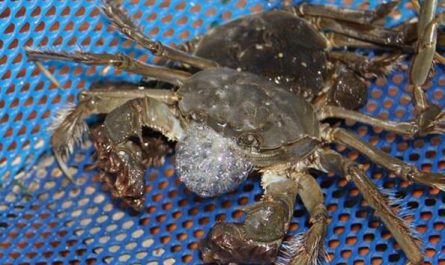The main reason for arthropod molting
The outermost layer of the exoskeleton of arthropods is a very thin waxy layer, which can prevent the infiltration of outside water or the evaporation of water inside the body. Below the waxy layer is the chitin layer. Chitin is a complex nitrogen-containing polysaccharide with the molecular formula (c32H54N4o21)w, which is the main component of the exoskeleton. The chitin layer can be divided into an outer layer and an inner layer: the outer layer is relatively dense, often deposited by protein or calcium, forming a thick bone fragment; the inner layer is elastic.
Below the chitin layer are epidermal cells that secrete exoskeleton. Once the exoskeleton secreted by epidermal cells has hardened, it cannot continue to expand, which limits the growth of tissues and organs in the arthropod. Therefore, arthropods shed their skin during growth and development.
When molting, the epidermal cells secrete an enzyme that dissolves the chitin and breaks the waxy layer at the same time, so that the arthropod larvae can burrow out of the exoskeleton, and the epidermal cells can secrete new exoskeleton again. Before the new exoskeleton is completely hardened, the body can increase in volume.
Therefore, arthropod larvae that are developing and growing up rapidly shed their skins more often. Moulting stops when it grows to the point where it no longer grows up.
The growth and reproduction of arthropods
Most arthropods are dioecious and often dioecious. Terrestrial species are often fertilized in vivo, while many aquatic species are fertilized in vitro. It is generally oviparous, but also ovoviviparous. The way of cleavage is superficial cleavage, with direct development and indirect development. Indirectly developed species have one to several different larval stages, and sometimes the living habits of these larvae are different from those of adults.
There are also some arthropods that can undergo parthenogenesis, that is, an unfertilized egg can develop into an adult. In addition, there are forms of larval reproduction and polyembryonic reproduction. Arthropods do not reproduce asexually.
Except for a few crustaceans such as crawfish and parasitoids, most arthropods are dioecious. Individual appendages change into mating organs.
Terrestrial species are often fertilized in vivo, while many aquatic species are fertilized in vitro. The reproductive methods are diverse, generally oviparous, but also ovoviviparous; in addition to bisexual reproduction, there are other forms of parthenogenesis, larval reproduction and polyembryogenesis.
Many arthropods have large reproductive capacity, less yolk, and fertilized eggs hatch into larvae quickly. Some eggs contain a lot of yolk, are well protected by the egg shell or protected by the mother, and are similar in shape to the adult when they hatch. The generation interval is less than 3 days in certain insects and small crustaceans, so a pair of bisexual females
A female body or a parthenogenetic female can produce millions of offspring within a few weeks. On the contrary, some large cold-water shrimps and crabs mature only 4 or more years old, and lay eggs once every other year.






